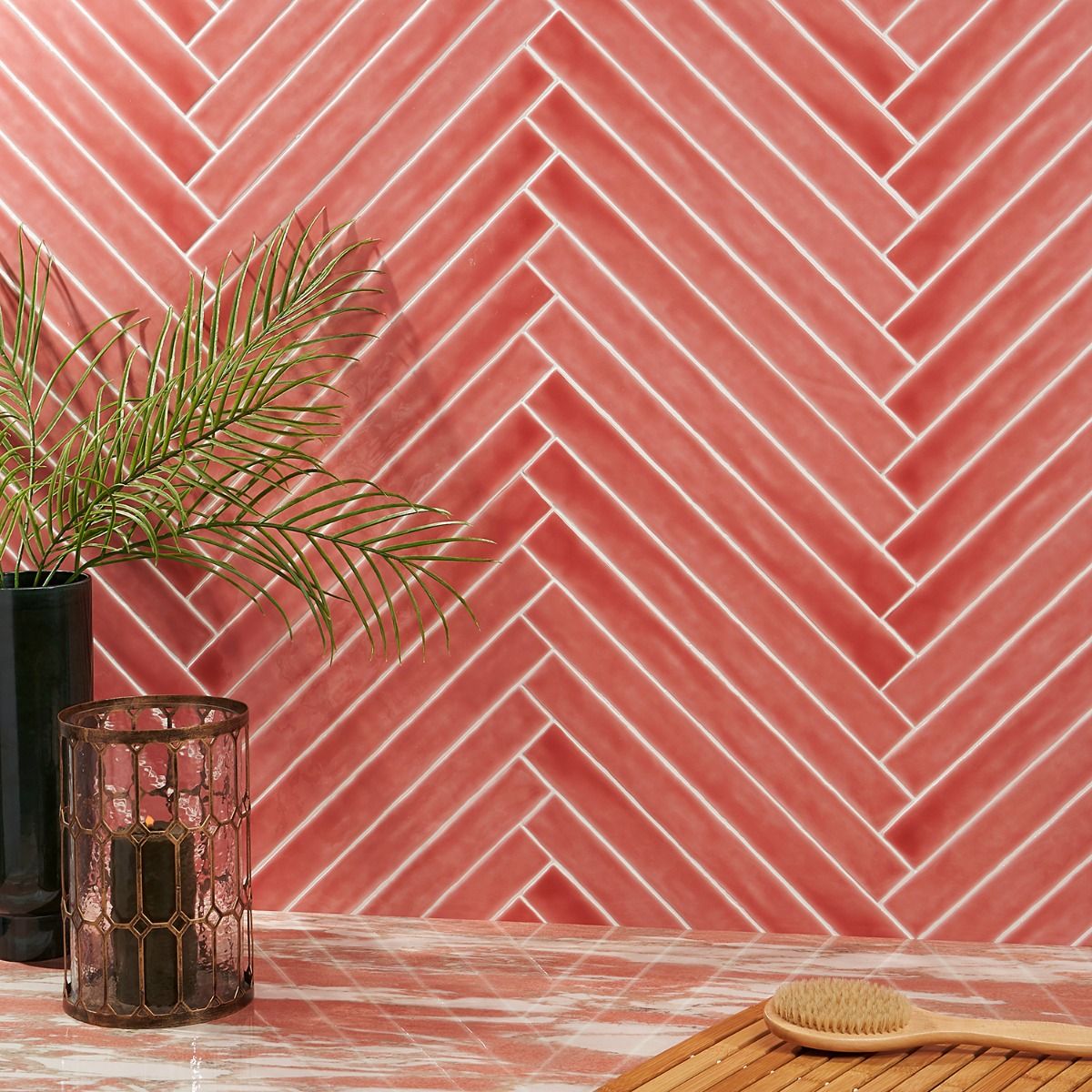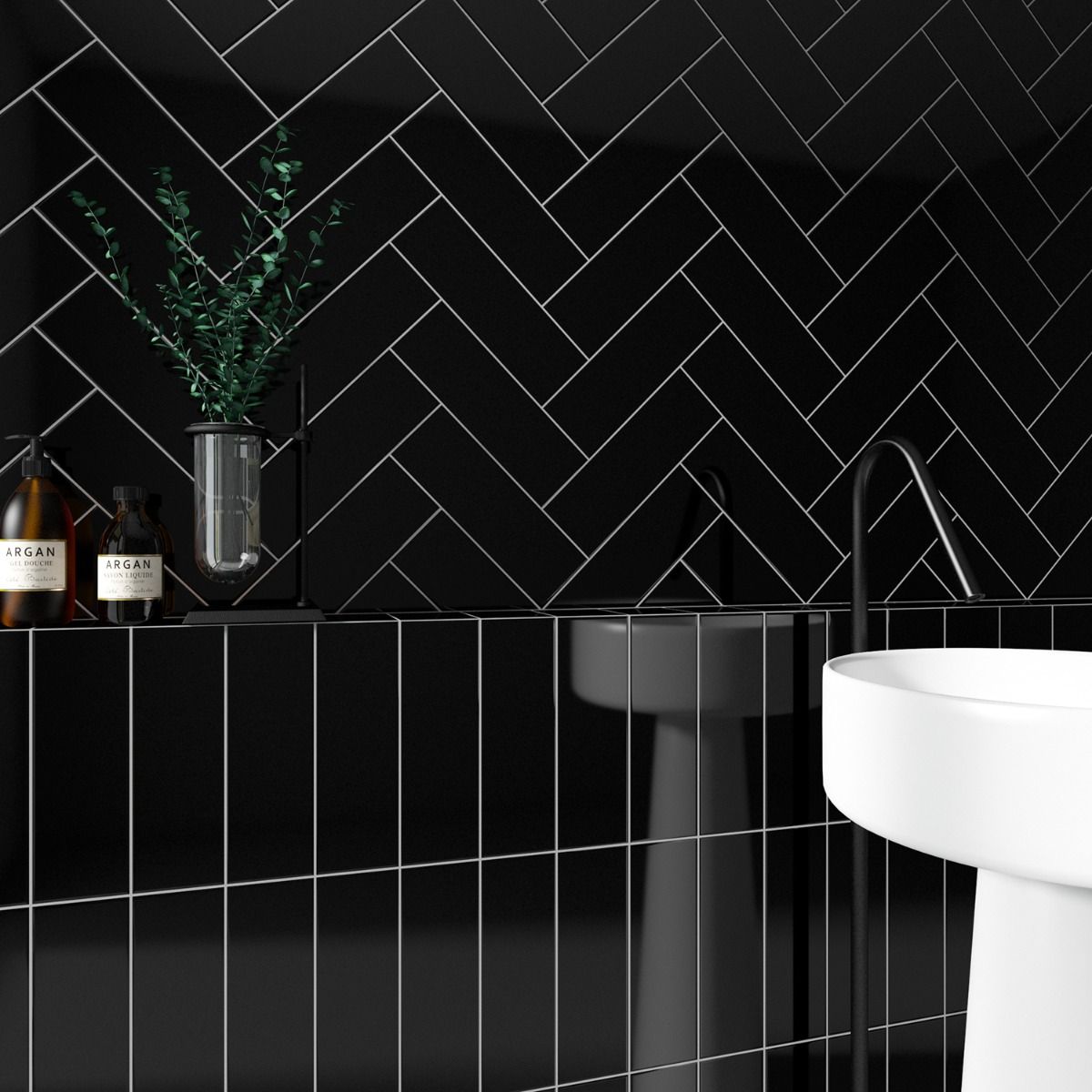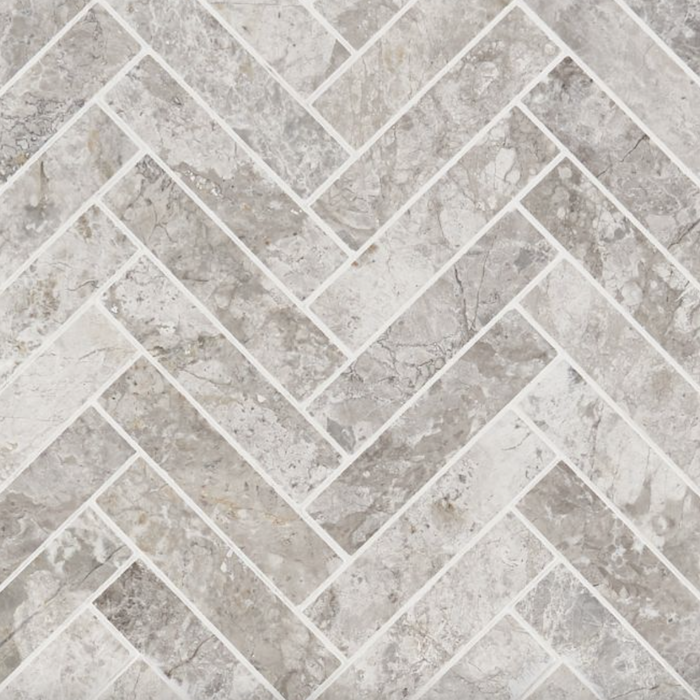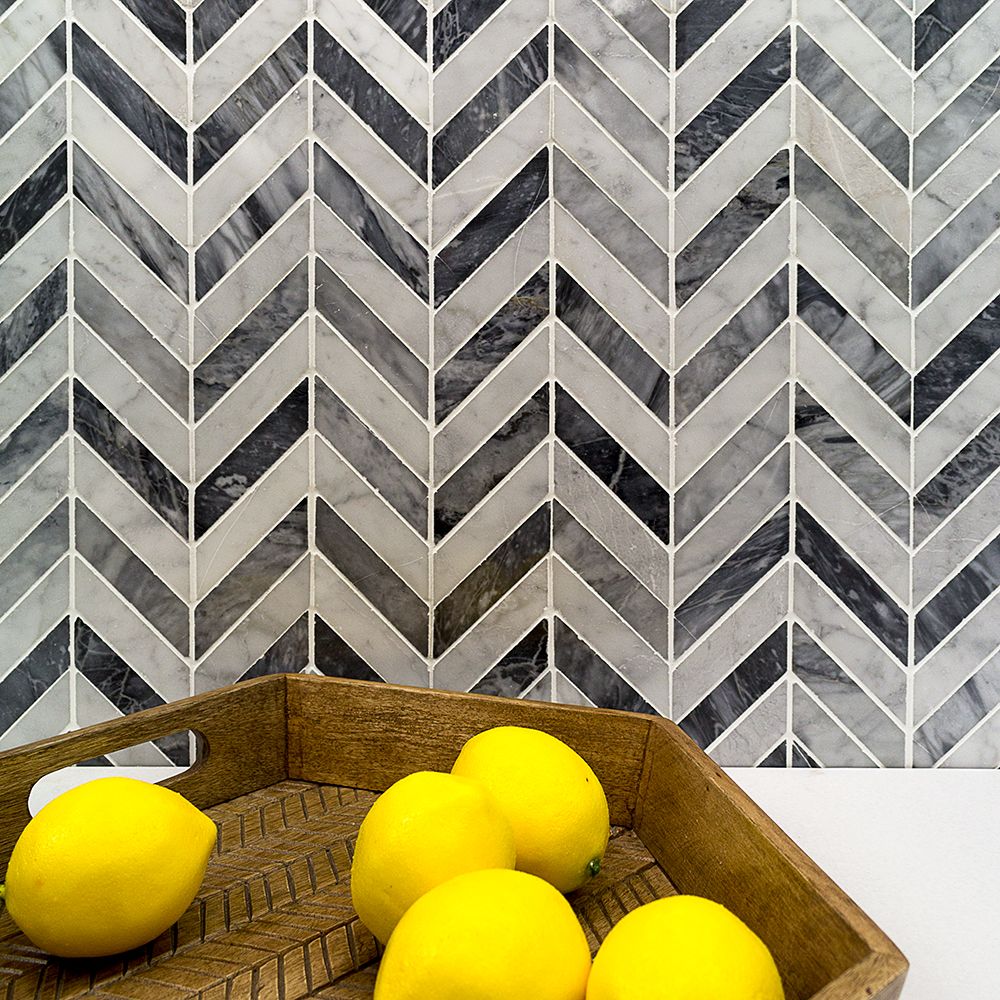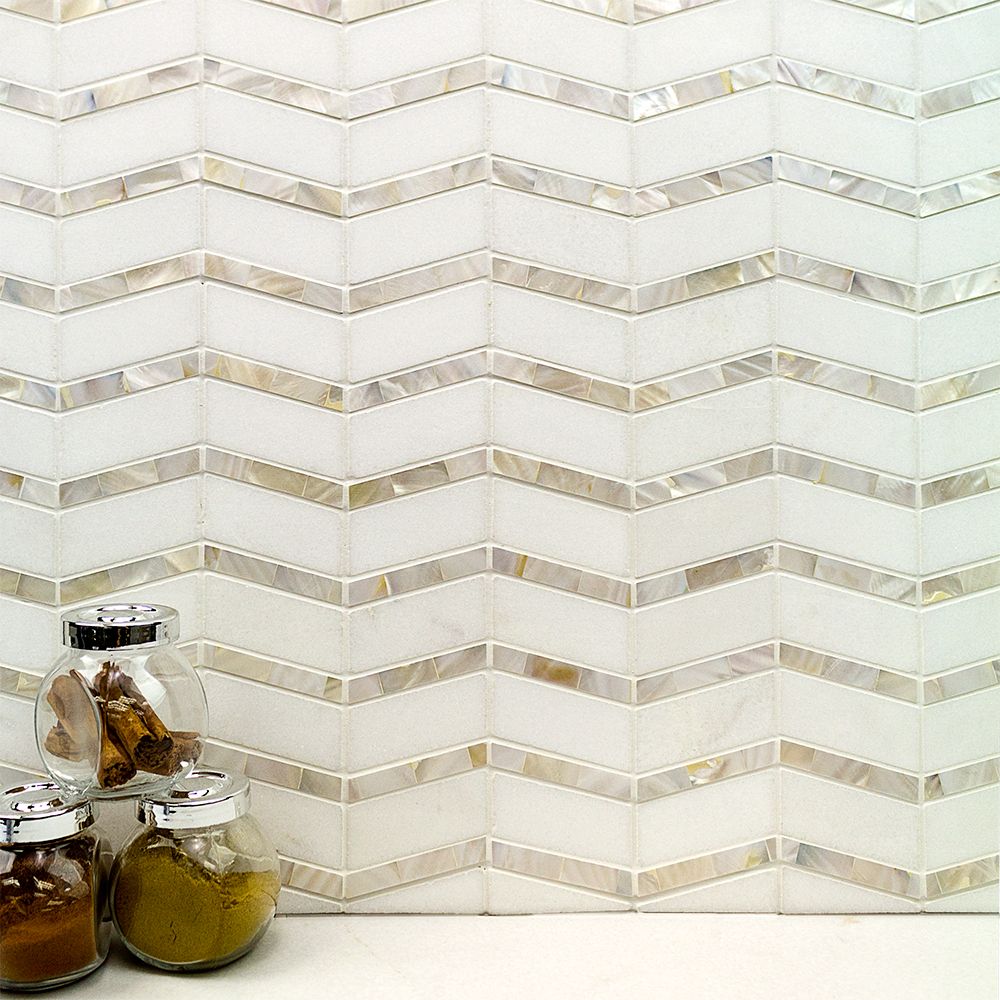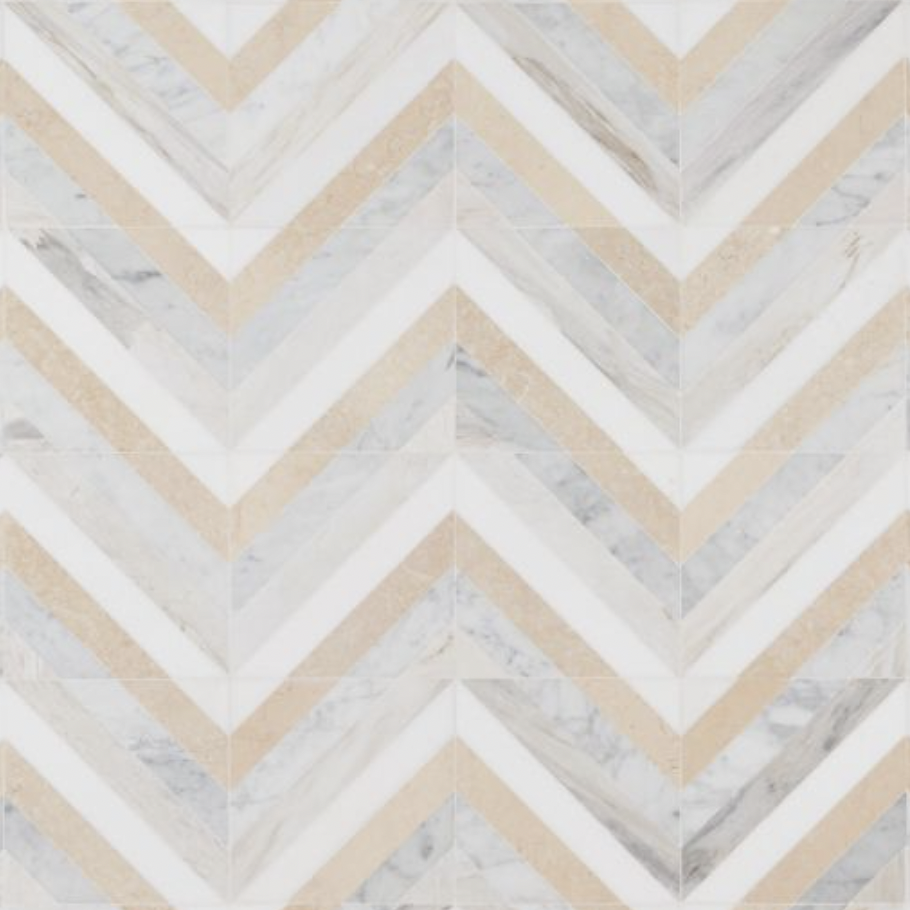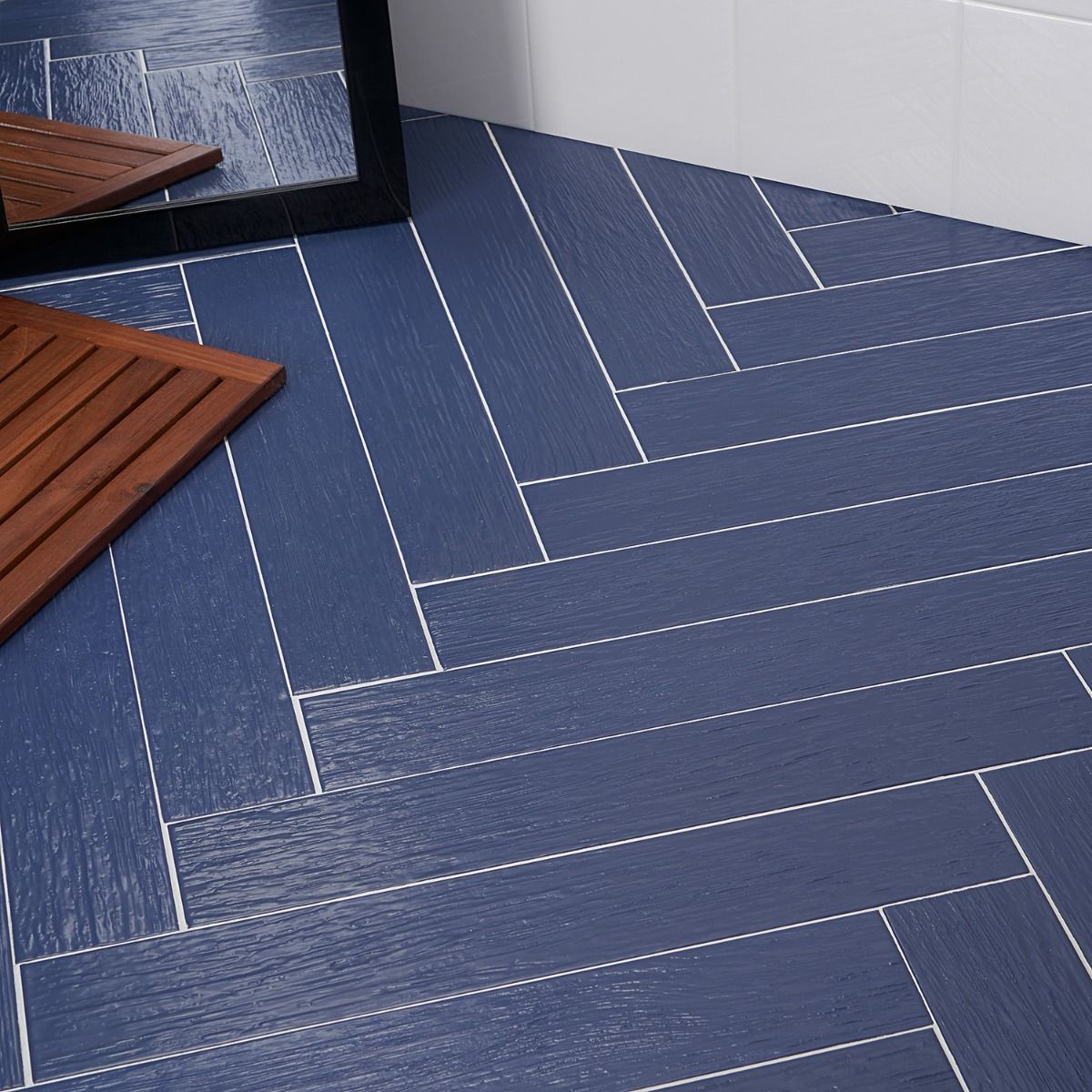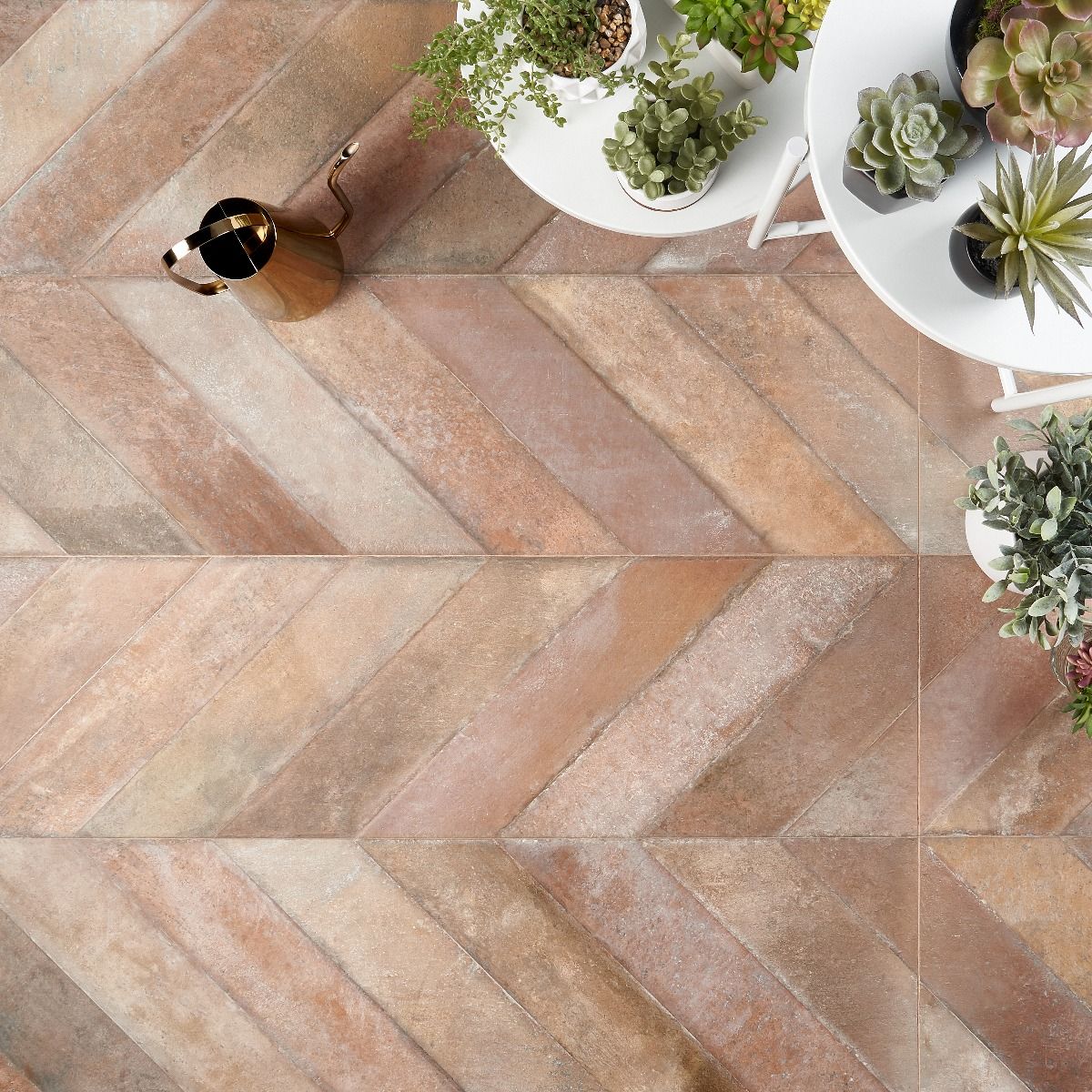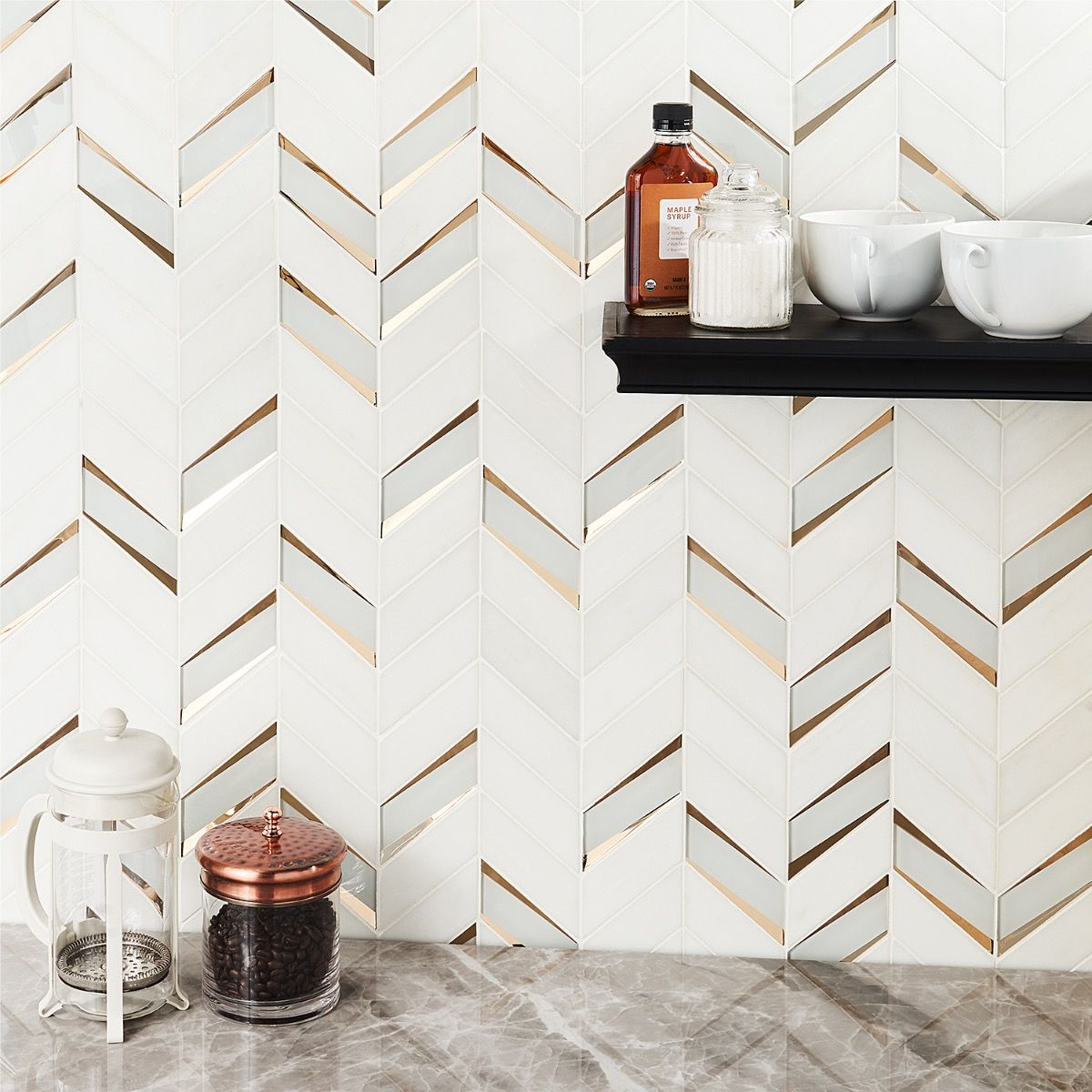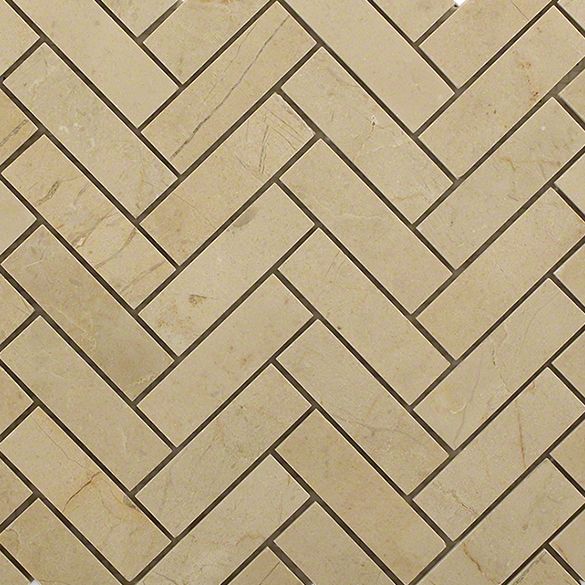If you take a good look at your space, you’ll start seeing patterns everywhere: in your floor tiling layout, your kitchen backsplash, on your textiles and fabrics, and even your lighting color scheme. Patterns are created constantly in design, sometimes in unexpected places. A well-balanced pattern scheme can bring an interior together, adding interest, energy, and contrast to a space.
One of the most popular patterns today is the herringbone pattern. Hardwood floors, bathroom backsplashes, and even shower walls – this beautiful, staggered pattern is everywhere. But the trendy herringbone design is often confused with another zig-zag pattern: the chevron. Boasting the dynamic geometric motif, the chevron is another popping pattern decorating design-forward spaces everywhere in recent years.
So, what is the difference between these two sibling patterns, and which one is perfect for your next tiling project? Let’s take a deep dive into the herringbone and chevron pattern and learn more about the dynamic duo of the world of design.
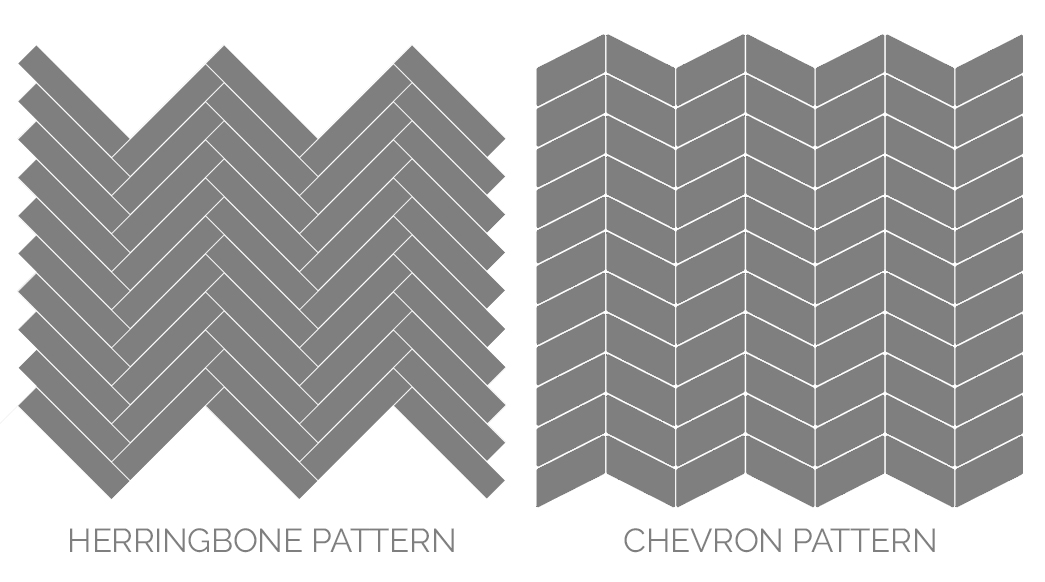
The Urban Cool: Herringbone
A herringbone pattern is created using equal-size rectangles, arranged in a staggered zig-zag design. Each of the rectangular pieces meets another at the end, creating a beautiful “broken” like zig-zag, resembling the bones of a herring fish – hence its name.
While creating a dimensional and dynamic visual, the herringbone pattern provides a balanced and elegant composition often associated with an urban and fresh design. Usually sold as an installed pattern, it is relatively easy to apply using almost any rectangular tiles.
It’s important to note that the overall layout of the herringbone pattern can completely change according to the length and the width of the pieces that create it. Brick format tiles, for example, such as subway tiles, meet close to the center and create a more dense staggered geometric pattern. Longer, plank-format tiles provide a more directional look, emphasizing a linear and diagonal design.
The Stylish Fashionista: Chevron
The chevron geometric tile pattern provides a symmetrical zigzag pattern. As in the case of the herringbone, it is constructed using two identical rectangular tile blocks that meet point to point. However, to create the chevron, a diagonal cut at the edge of each rectangle allows for a continuous zigzag pattern rather than a staggered one.
First popularized by fashion designers like Missoni in the 1950s and 1960s, the chevron pattern offers a dynamic, stylish, and eye-catching design. Today, it provides a fresh and exciting design when incorporated into interior spaces and is often used with bold colors to create bold designs.
Slightly more complex to install, the chevron pattern is often sold as an integrated pattern. While it can be installed, it requires professional accuracy when shaping the tile and installing it to ensure the design is symmetrical and well-applied.
The Zig to Your Zag
If you’re looking to give an exciting boost to your space – incorporate one of these popping patterns. Whether you’re choosing the chevron or the herringbone, these fun and dynamic zigzags will add instant energy and charm to any interior, installed in a backsplash, a feature wall, or an entire flooring layout.


